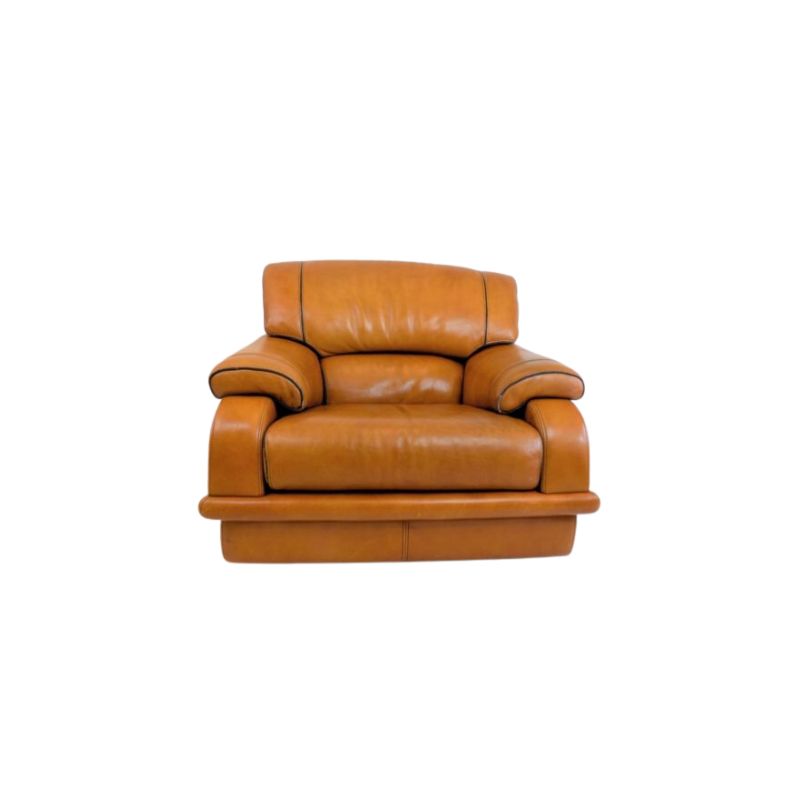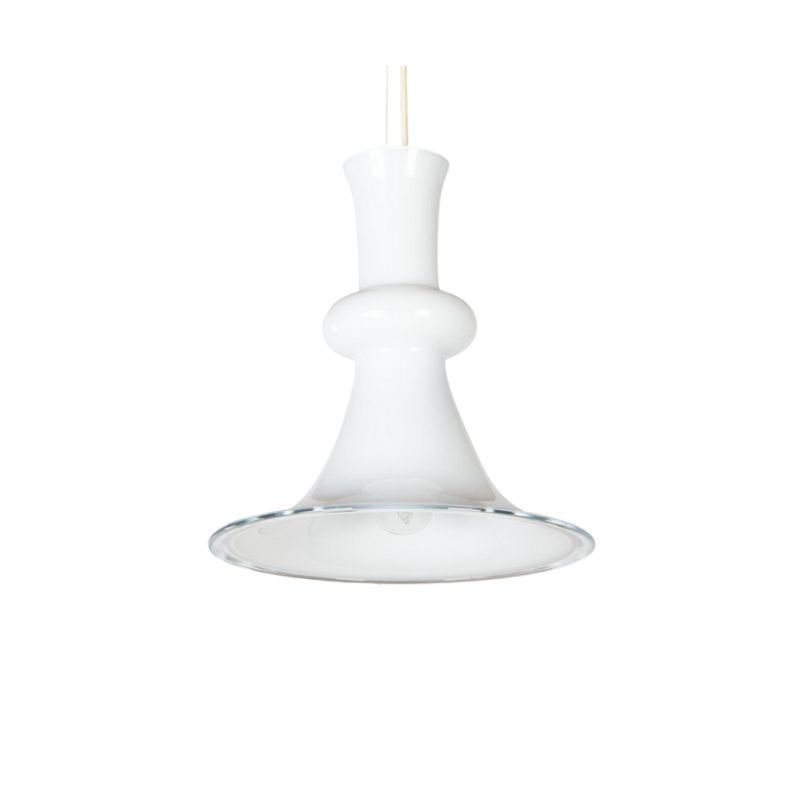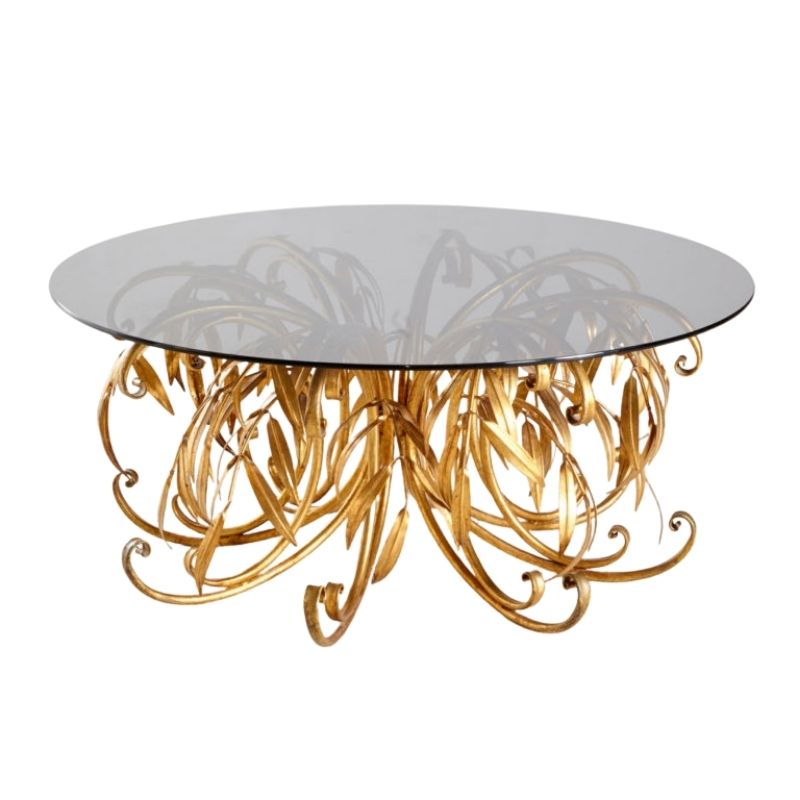Hi,
I recently acquired this chair. It's clearly very MCM, but I've not seen a single image of anything like this chair anywhere else. The bent wood arms seem to be somewhat unique- and probably the reason I've not seen any additional examples of these chairs. It appears the bent wood portion of the chair is causing it to self-destruct. It appears the wood has "un-bent" a little at a time over the last few decades, causing nearly every glue joints to pop and separate- which leads me to my second question: is it even worth having the chair reglued?
I didn't spend too much ($200) on it, but I don't know that the actual value warrants going through the additional expense of having it professionally glued. I've added a couple of photos below. Other than the shape of the chair, the only things I can identify as perhaps "identifiable"(other than perhaps the overall design esthetic to a trained eye) are:
-A very faded "Made in Italy" stamp. (I can definitely make out "...Italy", the "Made In..." part is a little dicey/up for interpretation.)
-The original cushions/fabric pattern. It looks purple, brown and green in the photos, but it's sun-faded. It appears that it was originally a royal blue, green, and orange pattern.
-A key-hole assembly method. There are a total of four key holes, and they hold the back portion to the sides of the chair. The chair is so light weight, I wonder if it might not have been a mail-order/catalog item? It's held together by only 2 screws.
-The chair is made of walnut.
Anyone have any thoughts on who the original manufacturer may have been? I'm not one to think that I've found a rare collectible, but I'm aware that sometimes surviving examples of mass produced pieces that were initially cheap and readily disposed of as they deteriorated can sometimes accrue a little additional value as time passes on- since most have been destroyed. I'm not looking to sale as much as determine how much additional cash I should put into the chair.
Any insight or guidance would be appreciated.  <img class="wpforo-default-image-attachment wpforoimg" src=" http://old.designaddict.com/sites/default/files/forum/photo4.jp
<img class="wpforo-default-image-attachment wpforoimg" src=" http://old.designaddict.com/sites/default/files/forum/photo4.jp 
Let the Gluing Commence
Unfortunately I have to do some gluing. You can't see it in the photos I posted, but the tops of the arms have completely separated from their pegs at the tops of the sides and are therefore just hanging out in space. This just makes the difference between doing the necessary gluing myself or hiring it out. I have some woodworking experience, so I'm not terribly concerned about the process.
Thanks for the info- I appreciate your help.
Re: Tender Chair Glue
Specifically off the top of my head- no. But I'll explain.
The type of woodworking I used to do was very basic/utilitarian, so my original assumption was (probably your worst nightmare) plain ol' yellow wood glue. But before starting this endeavor- or any other, really- I've been doing my research. I assume it would be best to use some form of a modern/shelf stable/liquid hide glue. The benefit to me is that gives me a little extra working time, and in a pinch (read: major mistake), it's somewhat reversible.
I've got a hardware guy less than a block from me that I go to for stuff like this, mostly just to see what he has on hand. And because he's old school he usually has what I need. If he doesn't have it- no problem. I live in NYC. Someone will have something somewhere. As for specific brands, I'm 100% open to any and all suggestions.
My biggest hurdle is that someone tried to re-glue the chair previously, and it appears they used some form of filler to fill the gaps at the tops of the arms. So not only will I be scraping old glue, I'll be whittling away at some unknown filling product to get to raw wood. The little bit I tested appears to be pretty brittle, so I'm hoping that it goes pretty quickly.
If after cleaning up the dowels and wood faces I determine this is a glue project beyond my means- I may still look to a pro. But if I go that path, at least I'll have done some good prep work in advance. Maybe it will me save a couple of bucks.
The photo below shows one of the keyholes I mentioned previously, and sort of shows the separation, though it does not do the gap justice. It's at least 3/8th's of an inch of air between the respective parts.
jesgord- thanks for the photos! That chair definitely appears to be a near match to mine.
Good call on the glue.
Franklin's liquid hide glue is now a Titebond product. Not as ubiquitous as it used to be even not that long ago, but you'll find it in its brown bottle somewhere. I don't know of any other brands and the alternative is mixing dried and using it warmed in a double boiler or glue pot which is no fun at all for novices or most hobbyists.
Hide glue is not great for gap-filling, so your joints should be fairly snug, devoid of old residue, and, ideally, freshly sanded. If the dowels are too loose, it should be easy enough to replace them for a tighter fit.
That's potentially a tricky joint to try and clamp. I've gotten good results with long strips cut from old bicycle tire tubes, sort of wrapping and stretching them like a tight ACE bandage around an ankle or wrist. Probably pick them up free from any bike shop.
Best of luck.
Emphasis on what tktoo said
About removing old glue residue. Common wood glue (e.g. Titebond) is pva glue which has the disadvantage that it doesn't stick well to itself nor does any other glue stick well to it. So clean it off well.
Do you plan to use the chair? Or look at it? I ask because that is joint will not be very mechanically sound no matter how well you glue it. In fact a sloppy broken glue joint might hold the chair together better than a tight clean glue joint that will snap when it's tolerance is exceeded.. It would have been better to be built with some mechanical means for the joint to flex slightly. So if you want to use the chair you might consider putting a metal hinge inside the joint instead of gluing it. You could anticipate that this will remove all the monetary value from the chair, but then it might not be such a big factor in this case. Or, if elegantly done this might be the reason the chair survives to have value in another 50 years.
http://www.sawmillcreek.org/showthread.php?21822-Are-Your-Glue-Joints-Re...
If you need any help, please contact us at – info@designaddict.com









